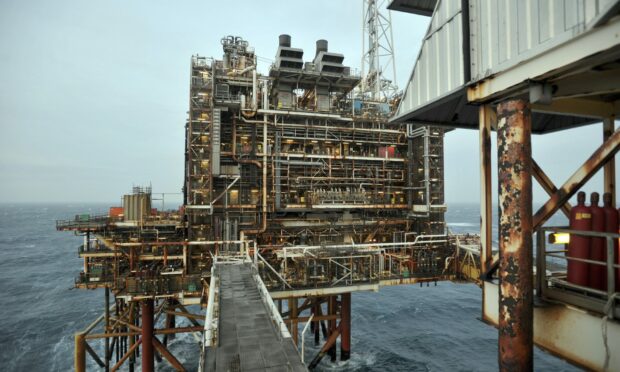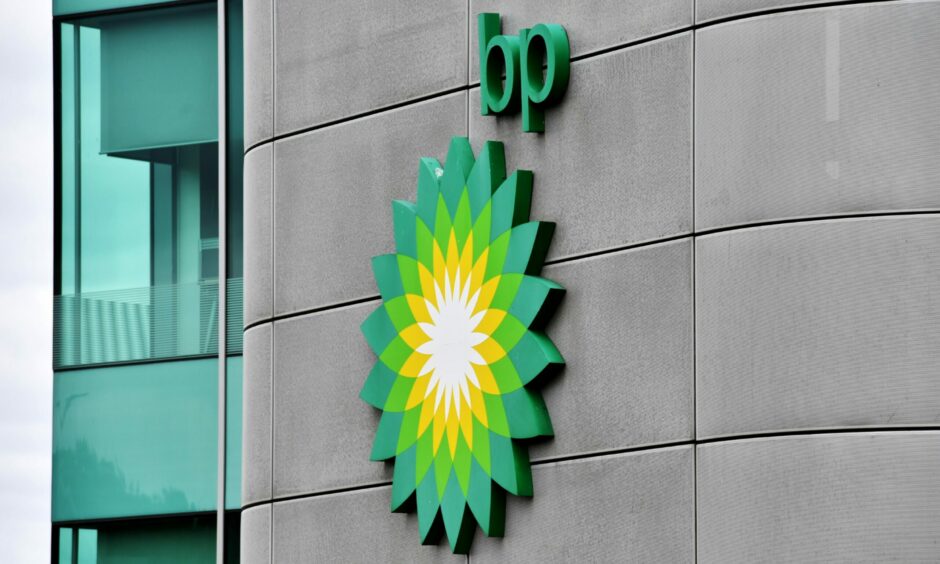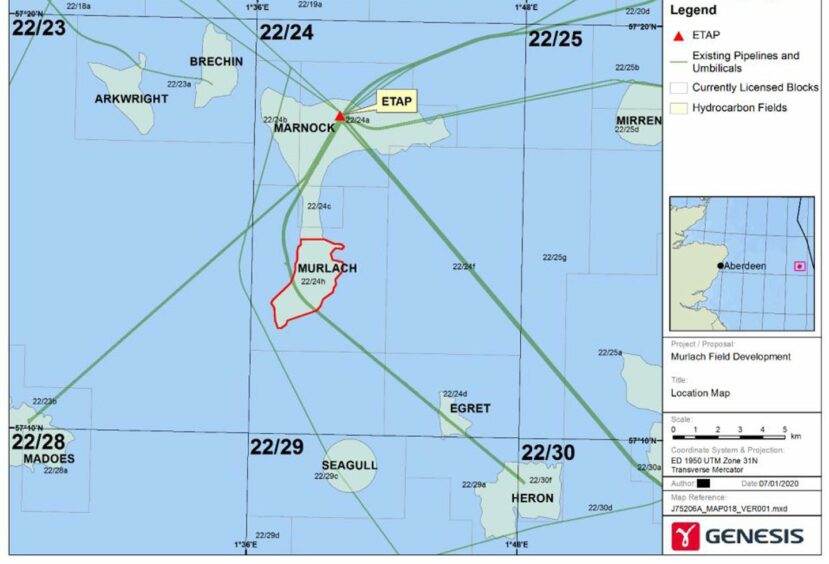The UK Government and regulators have signed off on BP’s plans for the Murlach oil and gas redevelopment in the North Sea.
It can proceed following approval of an environmental impact statement by Energy Secretary Grant Shapps, before his exit from that role in late August, the Department for Energy Security and Net Zero announced today.
Aberdeen-based North Sea Transition Authority gave the thumbs up last Friday.
It marks a major milestone for the project and for operator BP.
Murlach was on fast-track list
Murlach was on a list of key energy and infrastructure projects to be “fast-tracked” for approval, it emerged last year.
It will be a redevelopment of the Marnock-Skua field, about 126 miles east of Aberdeen.
The field was in production in the early 2000s and previously operated by Shell. Its redevelopment is expected to recover around 26 million barrels of oil and more than £21.2 billion cubic feet of gas.
BP acquired the licence along with joint venture partner Neo Energy, which holds a 20% stake in the project, as part of the 30th UK offhore licensing round.
Doris Reiter, senior vice-president, North Sea, BP, said: “Development of the Murlach field further demonstrates BP’s strategy in action, investing in today’s energy systems and – not or – investing in the energy transition.
“BP has been in the North Sea for close to six decades and is investing in its future and supporting energy security, by focusing on oil and gas opportunities around our portfolio that can be developed through established production facilities with lower operational emissions.”
She added: “Murlach is a great example of that as it will be connected to the Etap (Eastern Trough Area Project) hub, which has been operating in the central North Sea for 25 years. This project will benefit from the reuse of some existing subsea infrastructure in the area.
“We welcome approval to progress this project and look forward to working with our joint venture partner to bring this field into production.”
Murlach start-up expected in 2025
The project will consist of two production wells and a subsea tieback to Etap, with an expected production life of around 11 years. Peak production on the field is expected to be in the region of 20,000 barrels of oil and 17 million cu ft of associated gas per day.
Existing infrastructure, including the Heron A production pipeline, will be used to export produced fluids.
The project also includes the installation of a new manifold, together with tie-ins and a new gas pipeline from the Etap platform, according to BP filings.
Published plans suggested activities would start this quarter with modifications to the Etap topside, followed by subsea facility installation and drilling operations next year and first oil in Q2 2025.




Conversation